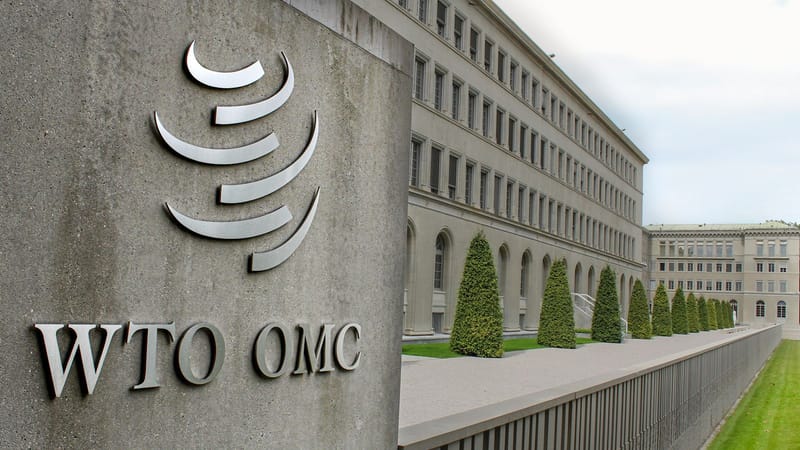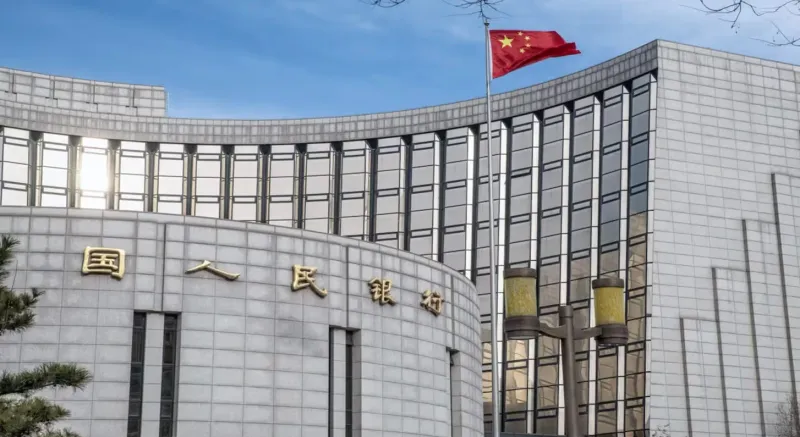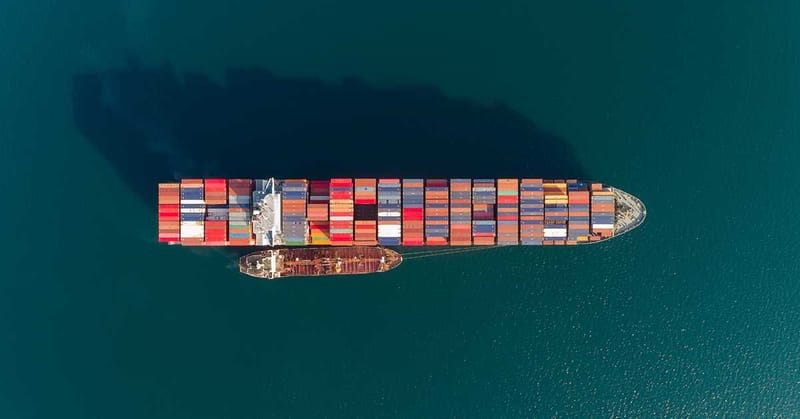China and Australia: Navigating a Complex Web of Economic Interdependence
Australia's economic future is closely linked to China's stability, with interdependent trade, investment, and geopolitical challenges shaping their ties.
Australia’s economic fate is tightly interwoven with that of China, its largest trading partner. This partnership, crucial for both countries, is becoming more challenging amid China's unique economic hurdles. As China grapples with a prolonged housing crisis and a sluggish economic recovery, the implications for Australia are profound, particularly given the significant reliance on exports to China. The evolving dynamics of this economic interdependence call for a strategic re-evaluation from both nations to safeguard their future prosperity.
A Symbiotic but Shifting Trade Relationship
China is by far Australia’s most significant trading partner, purchasing about 31% of Australia's total exports, including iron ore, coal, natural gas, and various agricultural products. Iron ore, a critical component in steel production, has been the linchpin of this relationship. In 2023 alone, Australia shipped USD 136 billion worth of iron ore overseas, most of it to China. This “red gold” has been a cornerstone of Australia’s economic success, driving tax revenues and enabling budget surpluses for two consecutive years.
However, China is undergoing an economic transformation that could upend this mutually beneficial arrangement. Over the past three years, China's property market has experienced a significant downturn, marked by falling apartment prices and the near-collapse of several major property developers. An oversupply of real estate, including vast "ghost towns" filled with empty apartments, has led to a correction in the property sector. This has dramatically reduced demand for construction materials, particularly steel, which is heavily reliant on Australian iron ore.
The Impact of China's Economic Challenges
The slump in China’s property market has led to a sharp decline in demand for Australian iron ore, causing a 35% drop in its price since the start of 2024, with some analysts predicting a further decline to as low as USD 80 per ton. This price drop poses a direct threat to Australia's mining sector and its broader economy, which heavily depends on this export revenue. As steel mills in China operate on thin margins, their incentive to purchase more iron ore is minimal, leading to an oversupply and a potential price collapse.
China's strategy to address its domestic oversupply of steel by flooding global markets with cheap steel has further complicated matters. The global steel price has already slumped by around 25%, and Australia's largest steelmaker, BlueScope, recently reported a 20% drop in annual profits due to heightened competition from these low-cost Chinese imports. The ripple effects extend beyond just the commodities sector, influencing trade dynamics and potentially impacting government spending and fiscal policies.
Strategic Investments and the Broader Economic Landscape
While the trading relationship is critical, Chinese investment in Australia is also significant, with a focus on strategic sectors such as mining, energy, real estate, and infrastructure. As of the end of 2023, China’s total investment in Australia was valued at USD 58.5 billion, reflecting its interest in securing access to natural resources. Conversely, Australian investment in China has grown steadily, reaching around USD 74.8 billion in 2024, indicating a deep economic integration that benefits both sides.
Despite this economic interdependence, geopolitical tensions have complicated the relationship. Issues such as human rights, regional security, and concerns over cyber espionage have led to increased scrutiny of Chinese investments and technology. In particular, Australia’s intelligence community has raised alarms over Chinese cyber activities, prompting tighter controls and a more defensive posture that could affect economic relations.
Balancing Economic Cooperation with Geopolitical Realities
Recent developments suggest both countries are working towards stabilizing their economic relationship. China has lifted many trade restrictions on Australian imports, such as coal and barley, signaling a desire for improved ties. Meanwhile, Australia is pursuing a strategy of strategic engagement, compartmentalizing areas of cooperation and competition to maximize economic benefits while managing political risks.
However, Australia's alignment with the United States, particularly through initiatives like AUKUS, complicates its relationship with China. This strategic balancing act requires deft maneuvering as Australia seeks to maintain its economic reliance on China while deepening security ties with Western allies. The interplay of these factors will determine the trajectory of Australia-China relations in the coming years.
The Path Forward: Risks and Opportunities
While challenges abound, there are reasons for cautious optimism. Analysts predict that iron ore demand could rebound as China may need to stimulate its economy further, potentially stabilizing Australian export fortunes. Moreover, Australia’s budget forecasts are based on conservative assumptions, providing a cushion against immediate economic shocks.
However, the underlying risks remain. The ongoing economic slowdown in China, coupled with its internal challenges and broader geopolitical dynamics, demands that Australia carefully balance its economic policies. Finding common ground amidst these complexities will be crucial for both nations to continue benefiting from their deep economic ties.
Charting a Course Through Uncertainty
Australia and China face a complex economic future, marked by both opportunity and risk. For Australia, maintaining a stable and predictable relationship with China is crucial for ensuring continued economic growth and stability. At the same time, China benefits from a robust trade partnership with Australia, especially as it seeks to hedge against economic risks from conflicts with other major global markets.
As the two nations navigate this intricate web of economic interdependence, their ability to adapt to changing circumstances and manage their differences will shape the economic landscape in the Asia-Pacific region for years to come. In a world of shifting alliances and evolving challenges, their mutual success depends on finding a delicate balance between cooperation and competition.
More on Australia


Sources:








